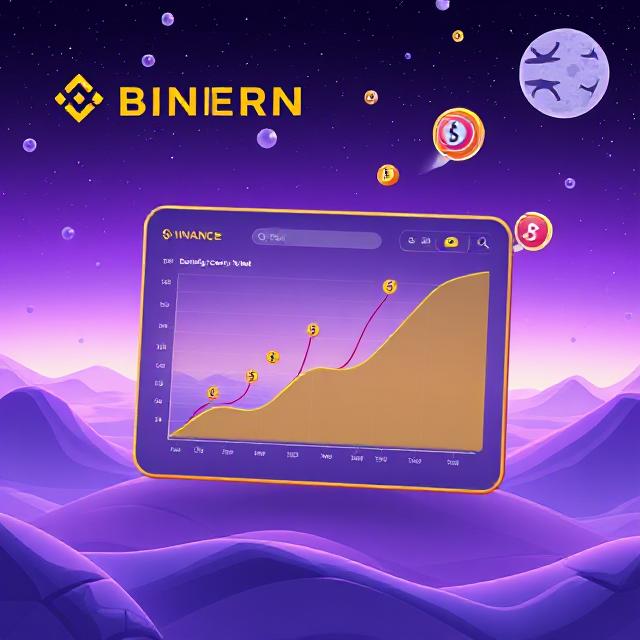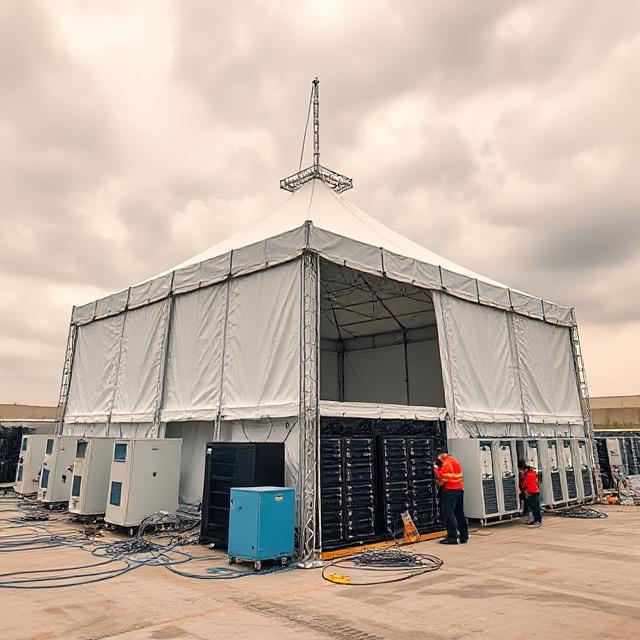
TL;DR
- OP Labs’ Sam McIngvale predicts that every fintech and crypto firm will operate its own blockchain within the next five years.
- Coinbase’s Base, built on Optimism’s OP Stack, has emerged as a model for scalability, monetization, and user experience.
- The shift to Layer-2 (L2) blockchains lets platforms generate revenue, reduce custody costs, and offer financial utility from idle assets.
- Exchanges like Kraken, OKX, Bybit, and Bitget are already building their own L2 networks.
- The Superchain vision promotes seamless interoperability across blockchains, creating a unified Web3 experience.
Base Sets the Standard: Coinbase’s Layer-2 Blueprint
In 2023, Coinbase launched Base, a Layer-2 blockchain built on the OP Stack. Fast forward to 2025, and Base has become the largest L2 network by several key metrics, including Total Value Locked (TVL).
According to Sam McIngvale, head of product at OP Labs, Base’s success highlights a transformational pattern: fintech firms are moving from custody-only models to active monetization strategies using blockchain rails.
Rather than charging users to store crypto in cold wallets, these platforms can now enable lending, borrowing, and liquidity generation — all natively built into their ecosystems.
“If you own bitcoin on Coinbase, in one button, they will take that bitcoin, move it to Base, and you can borrow USDC from it,” McIngvale explained.
Key Developments in L2 Blockchain Adoption (2023–2025)
| Company | L2 Initiative | Technology Used | TVL Rank (as of 2025) | Source |
| Coinbase | Base | Optimism OP Stack | #1 Layer-2 chain | CoinDesk |
| Kraken | Ink | Optimism OP Stack | Rising competitor | Kraken Blog |
| Bybit, OKX, Bitget | Custom L2 chains | Optimism OP Stack | Early-stage adoption | Optimism |
| Robinhood | L2 exploration | Ethereum-based L2 | In development | TechCrunch |
Layer-2s: Monetizing Dormant Crypto
Traditional cold storage custody has long been viewed as a necessary security measure—but also a cost center. As McIngvale explains, the lack of monetization for stored assets is a major inefficiency in today’s fintech infrastructure.
“There’s a cost to custody a lot of crypto, because of all the security implications,” he said.
By adopting L2 blockchains like Base, firms can transform idle assets into productive capital. Through smart contracts, users can lend, borrow, stake, or swap their holdings, generating both user utility and platform revenue.
This shift is particularly crucial for fintechs aiming to compete with traditional finance. Unlike equities—which are often lent out automatically under the hood—crypto has lagged behind. Layer-2 architecture may finally close that gap.
Fintech’s L2 Race Is Already Underway
Coinbase isn’t alone. Global exchanges and fintech platforms are rapidly embracing custom Layer-2 networks:
- Kraken launched Ink, a Base-like L2 network built on Optimism’s OP Stack.
- Bybit, OKX, and Bitget are building their own blockchains using the same tech.
- Robinhood is actively exploring Ethereum-compatible L2 solutions to deepen its Web3 integration.
McIngvale believes that by 2030, all major exchanges and fintechs will control their own chain to improve scalability, UX, and monetization.
“I expect every crypto exchange and every fintech company to run their own blockchain in the next five years,” he said.
Optimism’s Superchain Vision
One of Optimism’s most ambitious goals is the “Superchain” — a network of interoperable blockchains that communicate like webpages on the Internet.
In this model, users would seamlessly hop between blockchains without manual switching, wallets, or bridges. The goal is to make blockchain experiences as smooth as navigating from one website to another.
“Early adopters were OK with crappy UX. Now it has to feel like the internet in 2025, not 1995,” McIngvale emphasized.
With modular rollups and standardized development frameworks like OP Stack, the Superchain concept is becoming increasingly feasible.
Competing Models: Optimistic vs Zero-Knowledge Rollups
Layer-2 solutions generally fall into two categories:
- Optimistic Rollups (used by Optimism, Arbitrum):
- Assume transactions are valid by default
- Use fraud proofs to catch bad actors
- Publish data on Ethereum for finality
- Assume transactions are valid by default
- Zero-Knowledge Rollups (ZK-Rollups):
- Prove transactions are valid with cryptographic proofs
- Offer stronger security guarantees but more complex implementation
- Prove transactions are valid with cryptographic proofs
Optimism’s design favors scalability and developer friendliness, making it attractive to fintechs launching their first blockchain products.
The Monetization Imperative
Fintech is a margin-sensitive business. By controlling their own blockchain rails, firms reduce infrastructure dependency, unlock new financial primitives, and strengthen user engagement.
Base has shown that a platform can:
- Reduce fees via L2 scaling
- Offer DeFi tools within a custodial ecosystem
- Generate yield from idle assets
- Increase TVL and DAU metrics in parallel
The broader implication is that L2 chains are becoming financial engines—not just plumbing.
What’s Next: Blockchain-as-a-Service?
With tools like OP Stack simplifying deployment, Layer-2 networks are becoming plug-and-play. Much like how AWS commoditized cloud infrastructure, OP Labs may enable Blockchain-as-a-Service (BaaS)—letting any fintech spin up a chain in days.
As we head toward 2030, the crypto industry is no longer just experimenting with on-chain finance—it’s industrializing it.






